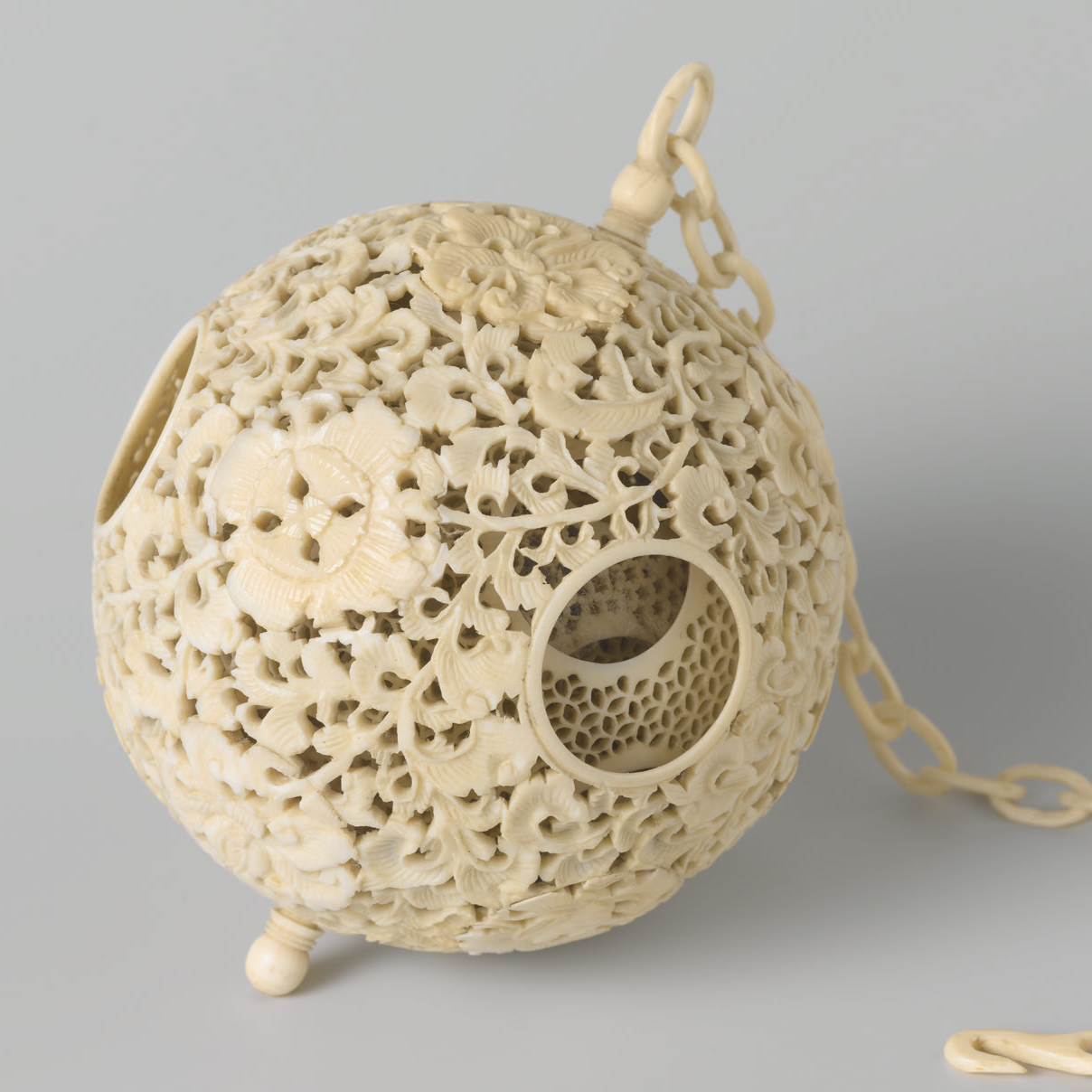Revealing the Secrets of Chinese Ivory Puzzle Balls: Quantifying the Crafting Process Using X-Ray Computed Tomography
DOI:
https://doi.org/10.52476/trb.11050Abstract
Chinese ivory puzzle balls are known for their beauty, finesse and their ability to intrigue viewers. From the eighteenth century until recently, they have been crafted by turning, using a simple lathe and a set of drilling and carving tools developed in the eighteenth century. The craft of Chinese ivory puzzle balls has been described as the ‘devil’s work’, as it requires a great deal of proficiency, accuracy and patience. This study presents a novel method for quantifying the crafting process of Chinese ivory puzzle balls. The method is based on measuring the morphological properties of ivory balls in three-dimensional images obtained using X-ray Computed Tomography (CT) scanning techniques. The accuracy of the crafting process is obtained by comparing the measured properties with an underlying mathematical model of the ball. We apply the proposed method to ivory balls from the Rijksmuseum in Amsterdam and the National Palace Museum in Taipei. The results show substantial differences in the accuracy of the crafting process. From an art-historical perspective, the results show that the accuracy of the crafting process evolved during the eighteenth century. They also suggest that the ivory balls we have analyzed have been crafted with different types of turning tools.
Downloads







